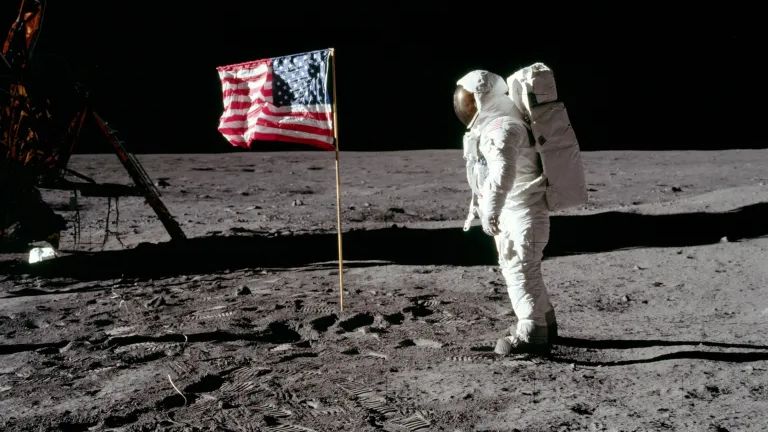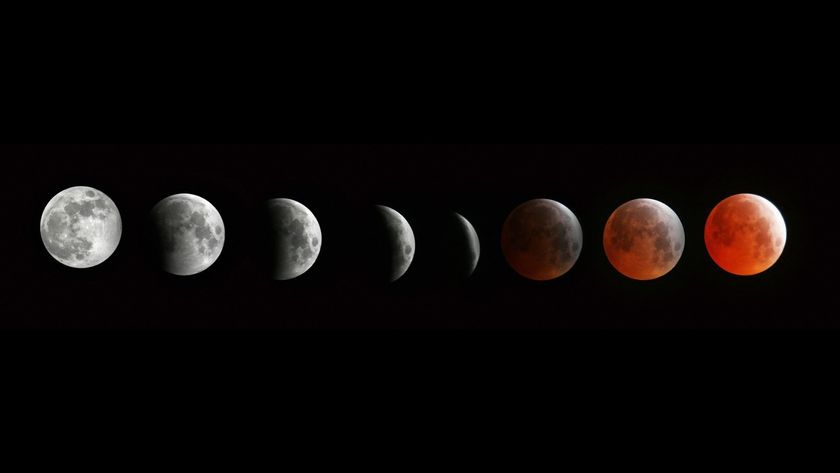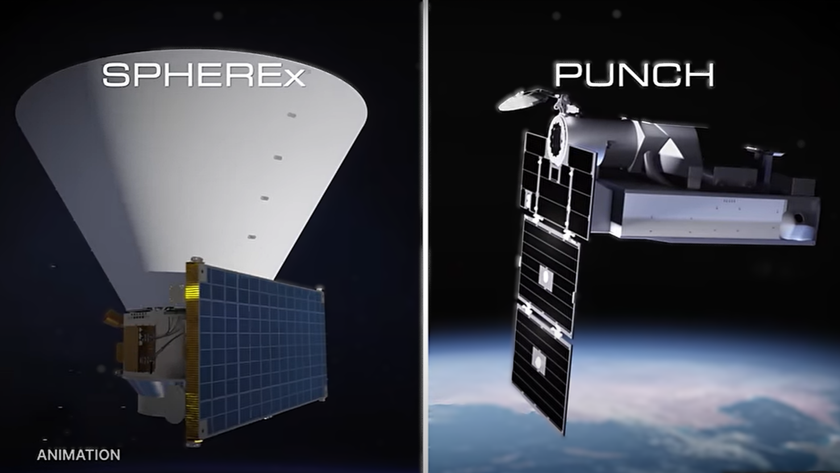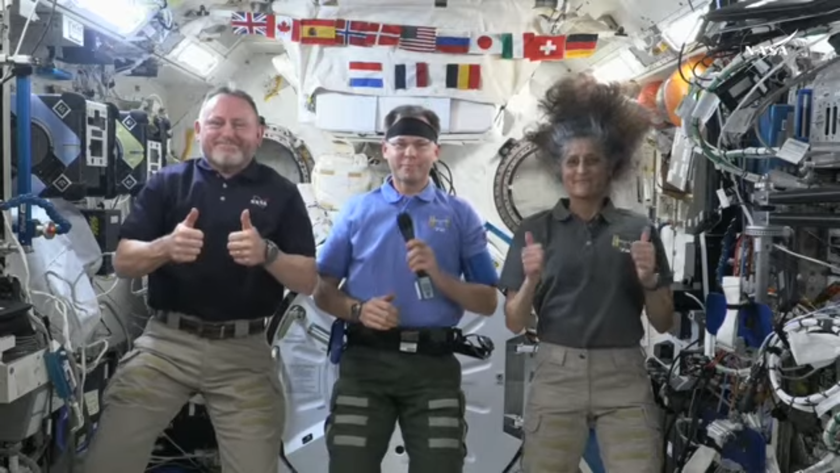Record Breaker! Powerful Supernova Is Most Distant Ever Seen

An extraordinarily powerful "superluminous supernova" that occurred 10.5 billion years ago is the most distant star explosion ever observed, a new study reports.
The Big Bang occurred about 13.8 billion years ago, which means that light from the superluminous supernova (SLSN) has been streaking through space for about three-quarters of the universe's existence.
Astronomers first spotted SLSNs just a decade or so ago. As the name suggests, these objects are extreme versions of "normal" supernovas. Several different phenomena may trigger these events, including the infall of material onto neutron stars, the rapidly rotating corpses of once-massive stars, study team members said. [Supernova Photos: Great Images of Star Explosions]
The newfound SLSN is known as DES16C2nm, because it was first spotted by the Dark Energy Survey, an international research effort that aims to better understand the mysterious force thought to be responsible for the universe's accelerating expansion. The initial detection came in August 2016; DES16C2nm's brightness and distance were confirmed two months later by astronomers using the Very Large and Magellan telescopes in Chile and Hawaii's Keck Observatory.
"It's thrilling to be part of the survey that has discovered the oldest known supernova," study lead author Mathew Smith, of the University of Southampton in England, said in a statement. "DES16C2nm is extremely distant, extremely bright, and extremely rare — not the sort of thing you stumble across every day as an astronomer."
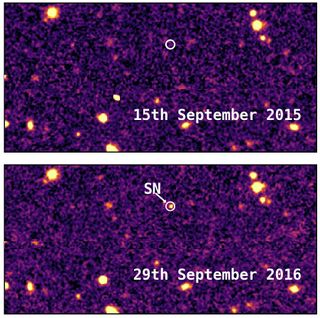
The discovery of DES16C2nm holds more than mere gee-whiz value, Smith added.
"The ultraviolet light from SLSN informs us of the amount of metal produced in the explosion and the temperature of the explosion itself, both of which are key to understanding what causes and drives these cosmic explosions," he said.
Get the Space.com Newsletter
Breaking space news, the latest updates on rocket launches, skywatching events and more!
DES16C2nm may not keep its distance record for long.
"Finding more distant events, to determine the variety and sheer number of these events, is the next step," study co-author Mark Sullivan, also of the University of Southampton, said in the same statement. "Now [that] we know how to find these objects at even greater distances, we are actively looking for more of them as part of the Dark Energy Survey."
The Dark Energy Survey is a five-year project that kicked off in 2013. It uses a 570-megapixel camera, mounted on a telescope at Cerro Tololo Inter-American Observatory in the Chilean Andes, to study 300 million distant galaxies throughout the cosmos.
The new study was published online this month in The Astrophysical Journal.
Editor's note: A previous version of this story incorrectly stated that DES16C2nm lies 10.5 billion light-years from Earth. Because of the expansion of the universe, the object is actually much farther away than that. The previous version also equated SLSN with hypernovae; in reality, these are two similar but distinct types of star explosions.
Follow Mike Wall on Twitter @michaeldwall and Google+. Follow us @Spacedotcom, Facebook or Google+. Originally published on Space.com.
Join our Space Forums to keep talking space on the latest missions, night sky and more! And if you have a news tip, correction or comment, let us know at: community@space.com.

Michael Wall is a Senior Space Writer with Space.com and joined the team in 2010. He primarily covers exoplanets, spaceflight and military space, but has been known to dabble in the space art beat. His book about the search for alien life, "Out There," was published on Nov. 13, 2018. Before becoming a science writer, Michael worked as a herpetologist and wildlife biologist. He has a Ph.D. in evolutionary biology from the University of Sydney, Australia, a bachelor's degree from the University of Arizona, and a graduate certificate in science writing from the University of California, Santa Cruz. To find out what his latest project is, you can follow Michael on Twitter.


